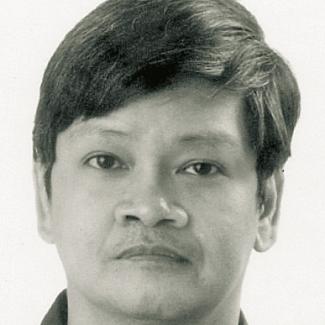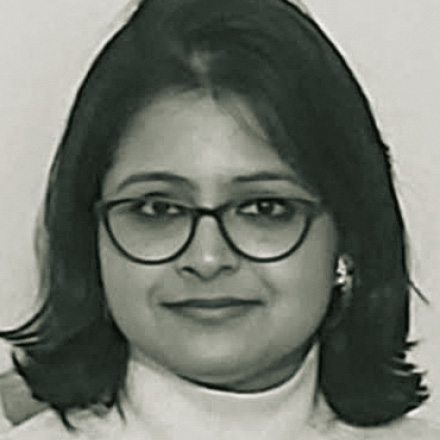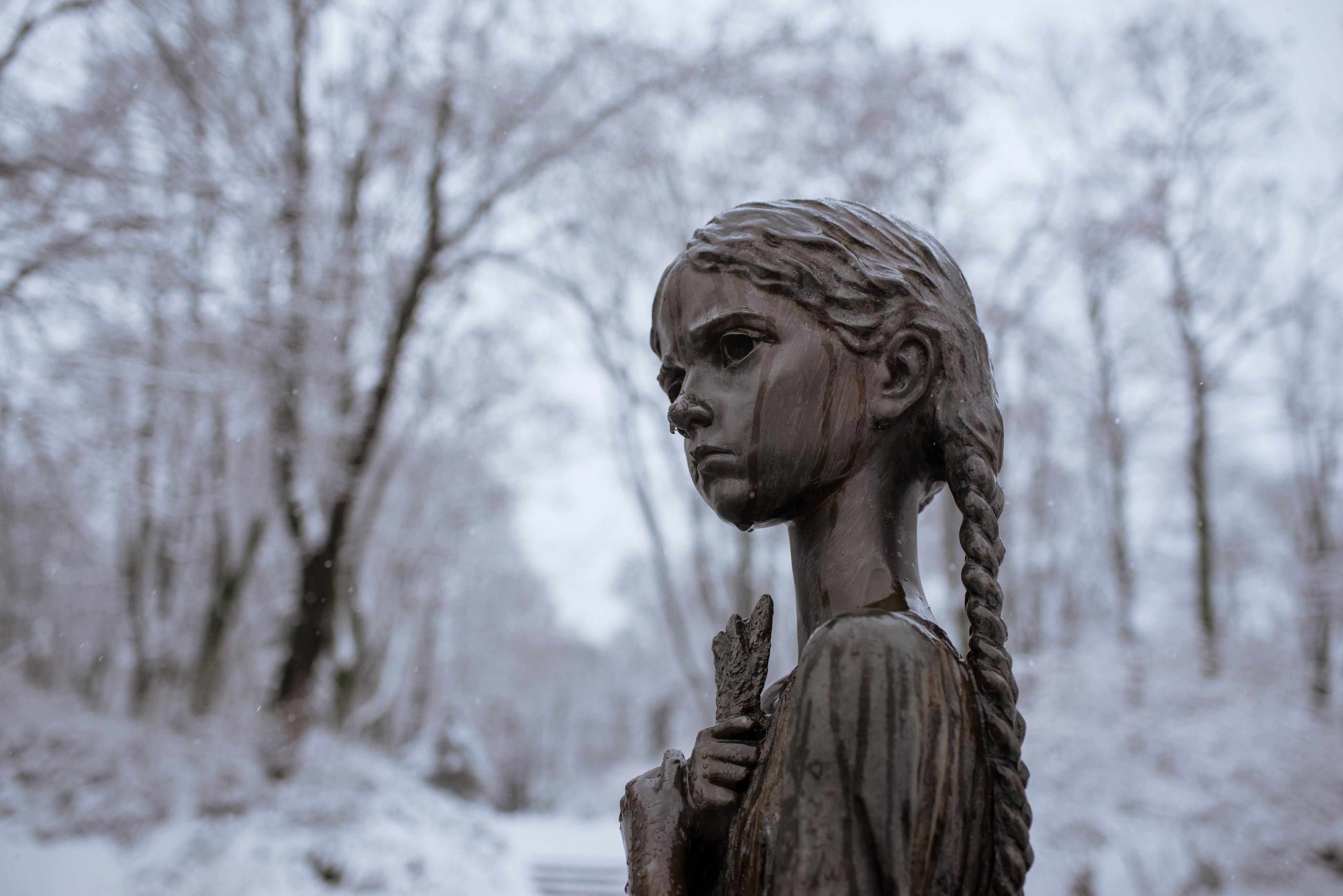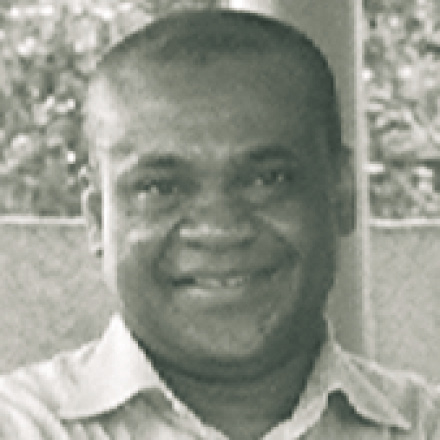History
No trust in institutions
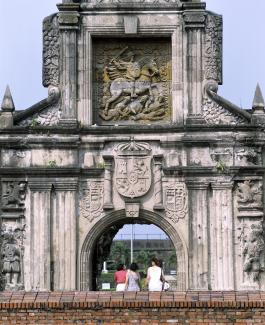
The Philippine experience is unique; it was actually colonised four times. In the 18th century, Britain temporarily displaced the Spaniards and ruled the islands for a few years, and during World War II, Japan did.
It was Spanish and US rule, however, that left lasting marks. According to the historian Serafin Quiason (1998), “the patterns of culture and poverty, dependency and underdevelopment have deep roots in the Spanish and American colonial policies and practices.” Indeed, Spanish colonialism laid the foundation for the toxic issues that still haunt Philippine politics:
- an unaccountable, abusive elite,
- massive corruption,
- a dysfunctional system of government,
- huge social disparities and
- a meddling of the Catholic Church with theocratic leanings.
In the early 20th century, the Americans added capitalism and formal elections, introduced some marginal reforms and declared the country to be a “democracy”.
When a Spanish expedition arrived from Mexico in 1565, there was no idea of the Philippines being any kind of coherent entity. This vast collection of islands was dotted by small settlements (“barangay”) and inhabited by various tribes and ethnic groups speaking different languages. Islamic missionaries had arrived in the south, but the Spanish annexation stopped them from progressing further. The conquerors forced Catholicism on the natives, defined the boundaries of the colony and named it after their king, Philip II.
The barangays had typically been ruled by chieftains who were called “datu”, “raja” or “pangolo”. According to one history book (Cortes et al., 2000), this system of strongman governance was “pre-political” because it was “informal, folk-sustained, uncentralised and still without specific agencies”. There was no distinction between the family and the community. Leaders’ authority was based on kinship, subservience, deference and dependence.
A few hundred Spaniards easily conquered most of the archipelago. The exception was the southern island Mindanao, where Islam had taken a firm root. The colonial power thrived on native disunity, enlisting allies to help subdue the holdouts.
Spain introduced Catholic dogma and worship, a highly centralised government, bureaucracy and Roman law. The Philippines was divided into provinces composed of clustered villages, towns and cities. Friars from various religious orders kept watch.
However, the conquerors also built their empire on the islands’ pre-Hispanic foundations. Cooperative chieftains became village officials who used their positions to the advantage of their families and clans. They soon formed a separate class, the “principalia”, and eventually turned into a self-perpetuating oligarchy. Under Spanish rules, “elections” were confined to village positions with the members of the elite always electing each other.
The natives were not allowed to call themselves “Filipinos”. This term was reserved for Spaniards born in the colony. For centuries, brown-skinned natives were contemptuously called “Indios” (Indians).
Spain went out of its way to prevent Indios from learning Spanish. Instead, the monastic orders assiduously mastered the native languages in order to carry out conversions. According to the scholar Benedict Anderson (2007), their monopoly on linguistic access to the natives “gave them an enormous power which no secular group shared”. Fully aware of this, the friars “opposed the spread of the Spanish language”. Spanish became the tongue of power that only the colonisers and a few members of the local elite understood.
Under Spanish rule, the Philippines became East Asia’s only Christian country. Ironically, its Catholic faith was always far from pure. Though Spain’s missionaries eradicated overt practices of animism, traditional beliefs in spirits and magic survived. They were fused with Catholic doctrine to create a unique folk religion. In this regard, the Philippines resemble Latin America more than other Asian countries. Indeed, the country was even administered from Mexico for 200 years. However, the Philippines never fit in the with the Hispanised countries of Central and South America because Spanish never became the archipelago’s lingua franca.
What the people did learn over the centuries was that government, laws and bureaucracy were instruments of oppression, exploitation and abuse. Even well-intentioned laws were implemented in oppressive ways, but the victims never understood that. All colonial laws were written in Spanish after all. Those in power seized land, imposed taxes and demanded tributes, including forced labour. The monastic orders established feudal power structures. The faith served to keep the natives under control. Sinibaldo de Mas, a Spanish official, observed in 1841: “A friar is worth more than a squadron of cavalry.”
At the same time, the principalia taught the Indios that kinship ties overruled impersonal bureaucratic systems. Public office was for personal gain and benefited leaders’ families. The colonised people never had reason to trust government institutions or formal western law. Depressingly, this attitude still marks Philippine politics in the 21st century.
After three hundred years and numerous revolts, Filipinos finally staged Asia’s first revolution. They were close to gaining independence. However, another power, the United States, intervened in 1899, ostensibly to help the revolutionaries. The Americans displaced Spain and then turned on their “little brown brothers” in a bloody three-year war.
“50 years in Hollywood”
After three centuries of slow development under Spain, Filipinos next experienced explosive change under the US rule. According to a popular quip, the colonial experience amounted to “300 years in the convent and 50 years in Hollywood”. Washington claimed that colonising the Philippines was an act of “benevolent assimilation” and would eventually lead to nationhood. In actual practice, however, that was mostly for show.
The new imperial power promised to build an American style republic. It introduced policies to promote everything from education and hygiene to infrastructure. Laws and institutions were supposed to teach Filipino leaders the mysteries of democracy. English became the archipelago’s official lingua franca, and learning it was officially encouraged. However, the schools were never expanded in a way that would have allowed the majority of the people to do so. Even today, English is the nation’s official language, but most Filipinos do not speak it. Legislation has been written in English for more than a century, but to most citizens, it remains as inaccessible as Spanish law was.
The powerful Catholic church was left untouched. It stayed influential under US rule, and it did not hesitate to meddle in secular matters. Wealth and power remained concentrated in the hands of a few families. The Americans didn’t alter the socioeconomic order, co-opting the native elite to subdue resistance. Just as their Spanish predecessors had, they depended on the local elites.
It is true that Americans introduced popular elections, but these events were games of musical chairs played by the small groups of dynastic families. Landowning oligarchs and warlords dominated at the local level and shared the spoils at the national level. As Quiason put it, “what evolved was democracy in form but not in substance”. The dynasties treated the country’s institutions as tools for increasing their own wealth and power. Policymaking served clan interests.
American colonialism formally ended in 1946. The Philippines became a nominal republic with weak democratic institutions. The people lacked any clear understanding of rights and freedoms. In 1972, President Ferdinand Marcos declared martial law and established a dictatorship that lasted until 1986.
A particularly violent legacy of US colonialism was the Philippine Constabulary (PC). This paramilitary police force was supposed to keep the peace. For all practical purposes, that meant suppressing Filipinos. It was a key component of a regime of surveillance that kept an eye on Filipino nationalists, politicians and activists. Its track record of blatant human-rights abuses did not stop when the Americans left. The PC was associated with torture and murder under the Marcos regime.
The PC was abolished after martial law ended, but now Rodrigo Duterte, the populist president, wants to bring it back. Indeed, he seems eager to impose authoritarian rule. The omens for Philippine democracy are currently not good. The sad truth is that the non-democratic attitudes which evolved under colonial rule seem to be of lasting relevance.
Alan C. Robles is a freelance journalist based in Manila.
editor@hotmanila.ph
References
Anderson, B., 2007: Under three flags – Colonialism and the anti-colonial imagination. New York, London: Verso.
Cortes, R. M., Boncan, C. P., and Jose, R. T.2000: The Filipino saga – History as social change. Manila: New Day Publishers.
Kiernan, V. G., 1982: European empires from conquest to collapse 1815 to 1960. Leicester: University Press.
Quiason, S., 1998: The Philippines: a case of multiple colonial experiences. In: The Independent Review, pp. 29-37.
